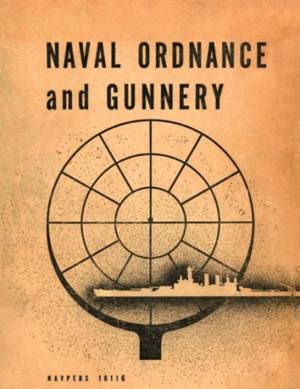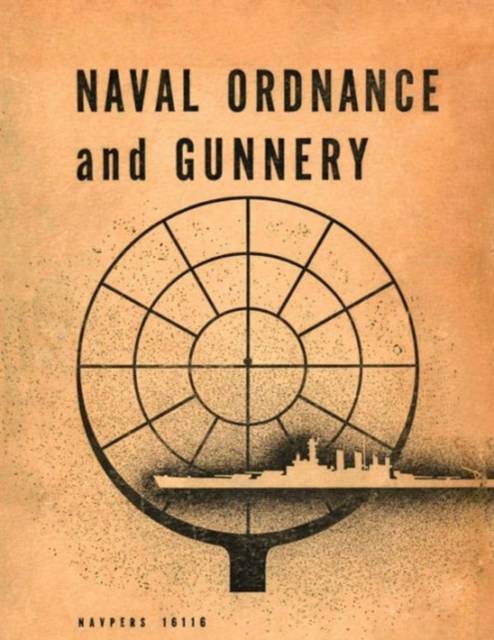
- Afhalen na 1 uur in een winkel met voorraad
- Gratis thuislevering in België vanaf € 30
- Ruim aanbod met 7 miljoen producten
- Afhalen na 1 uur in een winkel met voorraad
- Gratis thuislevering in België vanaf € 30
- Ruim aanbod met 7 miljoen producten
Zoeken
Naval Ordnance and Gunnery
Bureau of Naval Personnel, Training Division, United States Navy
Paperback | Engels
€ 64,45
+ 128 punten
Uitvoering
Omschrijving
High quality reprint of book issued in May 1944. Illustrated with photos. technical drawings.From the preface: "Improvements in naval ordnance and fire control methods have been so numerous and comprehensive since the opening of hostilities that the need for a new instruction manual became apparent to officers teaching ordnance and gunnery .at Naval Reserve Midshipmen's Schools. Officers in charge of the Standards and Curriculum Section, Training Division, Bureau of Personnel, likewise recognized the need for a manual which would represent the standardized curriculum of these schools. Accordingly, in June, 1943, the preparation of "Naval Ordnance and Gunnery" was authorized, and authors were selected to prepare the manuscript. The first part of the following manual deals largely with naval weapons, and is intended to provide the student with a basic conception of gun design and construction. Emphasis is given to the specific guns that graduates of Naval Reserve Midshipmen's Schools are most likely to encounter upon joining the Fleet. The second part of the manual is concerned with fire control, including the surface and antiaircraft problems. In this case the emphasis is upon director control principles and the particular systems in common use".
Specificaties
Betrokkenen
- Auteur(s):
- Uitgeverij:
Inhoud
- Aantal bladzijden:
- 586
- Taal:
- Engels
Eigenschappen
- Productcode (EAN):
- 9781782665120
- Verschijningsdatum:
- 1/11/2013
- Uitvoering:
- Paperback
- Formaat:
- Trade paperback (VS)
- Afmetingen:
- 216 mm x 279 mm
- Gewicht:
- 1338 g

Alleen bij Standaard Boekhandel
+ 128 punten op je klantenkaart van Standaard Boekhandel
Beoordelingen
We publiceren alleen reviews die voldoen aan de voorwaarden voor reviews. Bekijk onze voorwaarden voor reviews.








